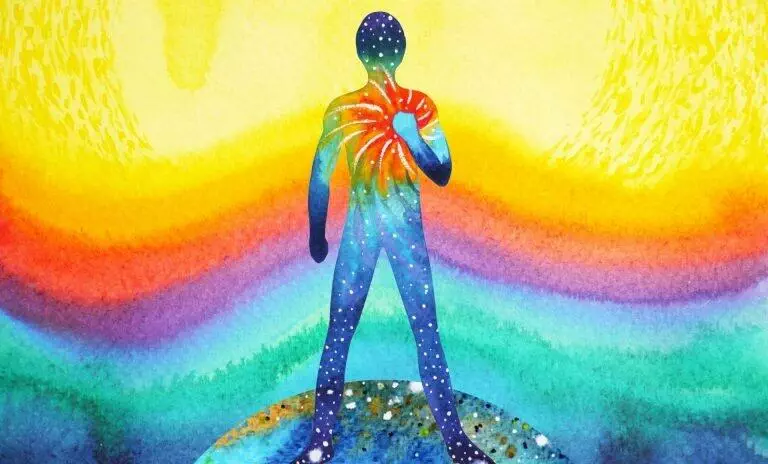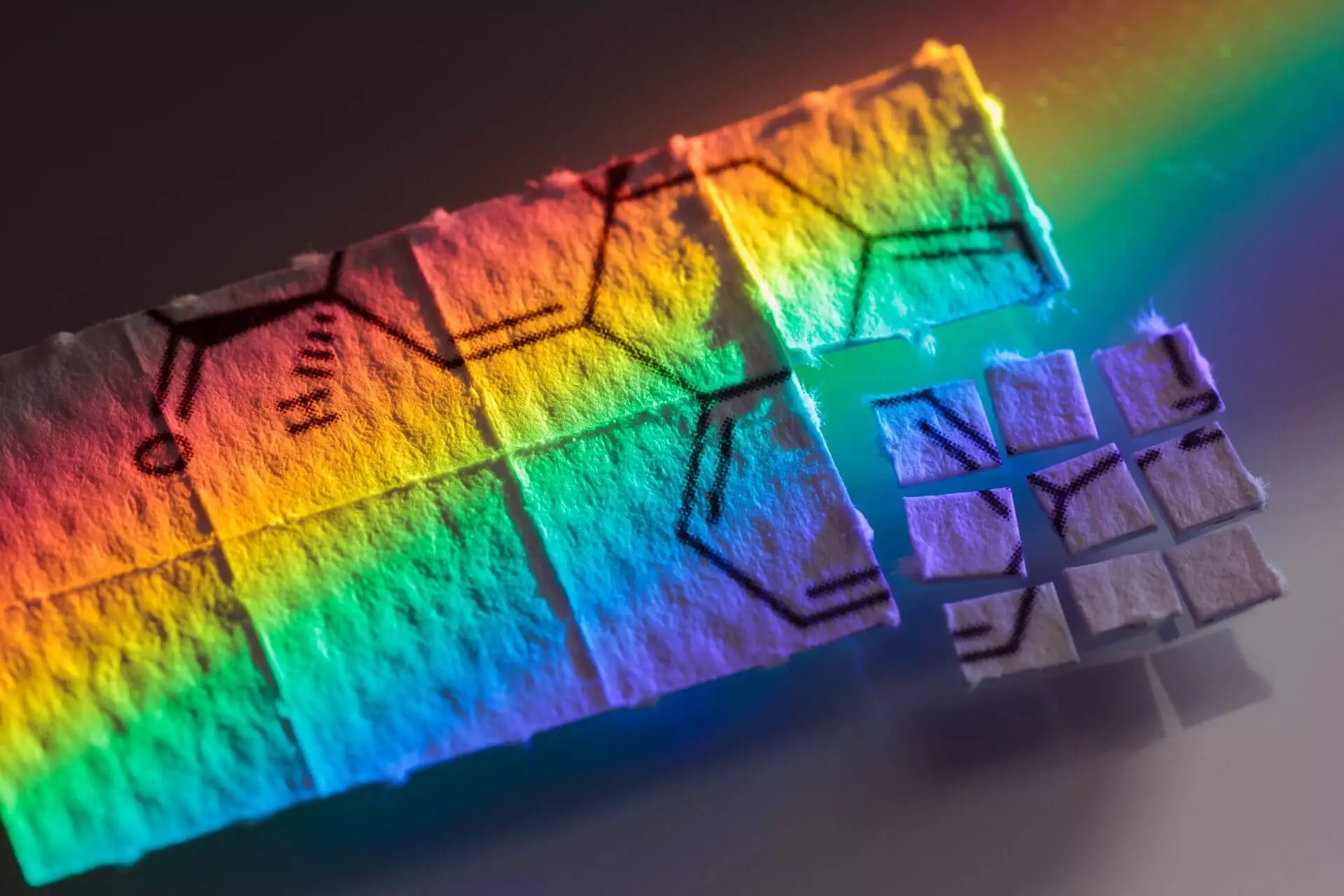
Imagine two people standing in a room. The first is dressed in all black, the second in all white. Without even knowing them, you instantly feel more drawn to one over the other. It could be the one in all dark colors, which to you signify strength or confidence, two things you want yourself.
Or perhaps you’re drawn to the pure aura of the person in all white, the clean slate and freshness that their colors emulate.
Color psychology affects how we perceive others, how we feel, and even how we behave in certain situations.
The origins of color psychology
Although it may sound like something modern, color psychology has been around since the time of the ancient Egyptians. They recognized the effects that different hues had on people’s moods, and they used this knowledge to shape holistic medicine treatments.
The Egyptians were exceptionally intelligent, creative, and aspirational people. They laid the groundwork for future civilizations in ways that we still discover today.
How incredible is it that in 2022, we are still delving into topics they too once sought to answer?
They weren’t alone in connecting color to the body. In ancient India, the energy points on the body (called chakras) came to be associated with individual colors that captured their essence.
The root chakra, Muladhara, is red, symbolizing its strength and power. Red also immediately draws someone’s attention, forcing them to focus on whatever is immediately around them.
Likewise, the root chakra is the foundation of all the others. Paying attention to its balance is integral to aligning the entire body’s energy centers. Moving up from the root chakra, which lies at the base of the tailbone, these are:
- The sacral chakra (Svadhishthana) – orange: creative energy, imagination, passion, and curiosity.
- The solar plexus: (Manipura) – yellow: self-confidence, hopefulness, vitality, and ambition.
- The heart chakra (Anahata) – green: good health, personal growth, trust, and unity.
- The throat chakra (Vishudda) – blue: intelligence, openness, honesty, communication.
- The third eye chakra (Anja) – indigo: wisdom, psychic energy, spirituality, and focus.
Chakras have become a major focus in Western culture, particularly among New Age and alternative wellness communities.
In the Western world, color was not often noted in science until the 19th century.
In 1810, a German artist named Johann Wolfgang von Goethe published The Theory of Color. This book was not held in high regard by the scientific community, which was focused largely on the observable nature of the human mind and body at the time.
In 1939, German neurologist and psychiatrist Kurt Goldstein claimed colors cause specific emotions in his book, The Organism.
Swiss psychiatrist Carl Jung spoke of colors as the “mother tongue of the subconscious.” He was the founder of Jungian psychology, which put the human subconscious in terms of the famous archetypes, such as the persona (mask) and anima/animus (feminine and masculine selves).
While it still holds high value in many Eastern cultures, modern color theory is rooted more in design, art, and marketing. Choosing the right colors helps people convey emotions and elicit desired responses in an audience.
What do colors mean?

Cultural views largely affect color perception.
In the West, all-black ensembles are linked to mourning, but that color is actually white for people in the East.
The Chinese see red as a sign of luck, but the Japanese see it as an omen of death.
To people in the UK, Australia, and the United States, red is a color of fiery passion and intensity. For some, it may even spark anger.
Human experiences and collective societies will each have their own ideas of what color means. Usually, what the group believes tends to trickle down to the person as well. This is because their society’s idea of a color’s meaning will come to influence their own, as that color is used in specific contexts to signify particular emotions.
It’s helpful to think of color – and its emotional influence – on a spectrum.
On one end, you find warm tones. These are red, orange, yellow, and all their various hues. On the other end lies the cool tones, made up of shades of blue, green, and purple.
Warm tones tend to make most people feel more confident, inspired, and energetic. Cool tones often induce relaxation, bring comfort, and soothe people who encounter them.
It’s no wonder, then, that nature companies tend to opt for color palettes rich in earthy browns, calming blues, and deep greens over, say, bright red, black, or pink.
Colors do more than simply capture light; they hold feelings, too. Memories, emotions, and even our own expectations can tie into a color.
Colorology
Colorology, also known as chromotherapy, is a form of alternative medicine that uses colors to balance emotional states.
Similar to chakra healing, it focuses on a person’s energetic body to gauge their health and emotional well-being.
However, instead of energy points, colorology looks at a person’s aura. This is a purported electromagnetic field that emanates from a person, and its color changes depending on their physical and mental health.
According to colorologists, individual colors carry their own unique energetic fields and healing abilities.
- Red: Invigorates and revitalizes the spirit.
- Orange: Comforts and boosts happiness while improving mental well-being.
- Yellow: Boosts a person’s mood and improves their energy levels.
- Blue: Calms, heals, and soothes a troubled mind.
- Green: Brings people back to a natural state, “grounds” them, and relaxes their minds.
Some color therapists also believe that color influences bodily function. They might, for example, use blue to alleviate symptoms of depression or expose a client to orange in an effort to regulate their appetite.
There are no current studies that support the physical healing powers of color. However, there is enough research to prove different colors do affect peoples’ emotional states.
Interestingly, a recent study found that the color-emotion connection is almost equal throughout the world. While some cultural differences are present, most human beings are hardwired, it seems, to “read” colors the same way.
Color’s impact on mental health
Researchers explore the effects of color as well as the impact of mental health on color perception. Current evidence suggests that a person’s mind may influence how they interpret colors.
The National Institute for the Clinical Application of Behavioral Medicine states that depression may impact a person’s retinal sensitivity. The retina is the part of the eye that perceives light and enables vision.
A study found that retinal activity was reduced among depressed patients. They could not accurately distinguish black and white in a study. Furthermore, the more severe someone’s depression was, the worse their color perception became.
Could this be why so many people who live with chronic depression describe their world as feeling “gray”?
Colorlessness isn’t the only common experience of mental health patients, however.
While blue is often thought of as soothing in many practices, it also carries negative feelings. Dark blue, for example, tend to be associated with deep sadness and despair.
It’s not a coincidence that when someone feels down, they say they’re “feeling blue” or they’ve “got the blues.”
There’s even an entire genre of music centered around sadness and heartache. The term “blues” in music originated in the 1600s, when it was once slang for drunkenness but went on to mean deep depression or frustration.
Of course, not all colors have negative effects on mental health. Many can induce positive feelings, too.
A 2016 study found that school children associated blue and pink with happiness and paired red and black with sadness. This result helped researchers conclude that using brighter colors in dental offices could help lower their anxiety during a visit.
Think about a color that makes you happy. It will likely be a lighter tone, like cheerful yellow, a bright blue, or even pastel pink.
There is no right or wrong answer in color psychology. What researchers really want to know is the impact colors can have on a person’s mind, how it affects their well-being, and what color usage can mean throughout a society.
Can colors change how people behave?
The influence of color on human behavior is fascinating, though there is not a great deal of research showing its true influence. This is large because there are so many other factors at play.
For example, it can be difficult for researchers to determine if a person’s mood affected their behavior toward color or vice-versa.
However, there are a number of studies that show color affects performance among students and aggression in inmates.
Does color therapy work?

While there is no definitive answer that color therapy will work for everyone, it’s always worth a try.
There are many ways you can engage with different colors to impact your mood. For example, you might decide to dress in colors that invigorate you or change your bedding to reflect a more calming tone and state of mind.
Envisioning a certain color while you meditate may make you feel more tranquil, relaxed, and at peace with yourself.
Likewise, some colors can help you express your emotions wordlessly through art therapy. Just grab some markers or colored pencils and start scribbling!
Colors can also play a role in therapy. Maybe it’s taking in the color of the sky over a breathtaking lake here at our luxury estate in Florida, or taking a nature walk to appreciate all the beautiful colors of the Earth.
Our team is always happy to work with you, incorporate your interests into treatment, and make recovery a personal experience.
If you would like to learn more about our services and how we could help you or a loved one, please contact us today.



Leave a comment